Venous Disease
What is Venous Disease?
Venous disease encompasses a range of conditions affecting the veins in the body, most commonly manifesting as varicose veins and chronic venous insufficiency. These conditions occur when the veins in the legs fail to circulate blood efficiently back to the heart, leading to symptoms such as swelling, pain, and ulcers. If left untreated, venous disease can significantly impact a patient’s quality of life, causing discomfort and limiting physical activity.
Comprehensive treatment and preventive care are essential in managing venous disease effectively.
Through a combination of lifestyle modifications, medical therapies, and, if necessary, surgical interventions, patients can alleviate symptoms and prevent further complications. With proper management and support from the dedicated team at Pedes Orange County, patients can enjoy a happier, healthier life, free from the debilitating effects of venous disease.
Chronic Venous Insufficiency
Chronic venous insufficiency occurs when the veins in the legs are unable to efficiently return blood to the heart, leading to symptoms such as swelling, pain, and skin changes. This condition can significantly impact daily life, but with proper medical care and lifestyle adjustments, its effects can be managed effectively.
We encourage you to learn more about chronic venous insufficiency below.
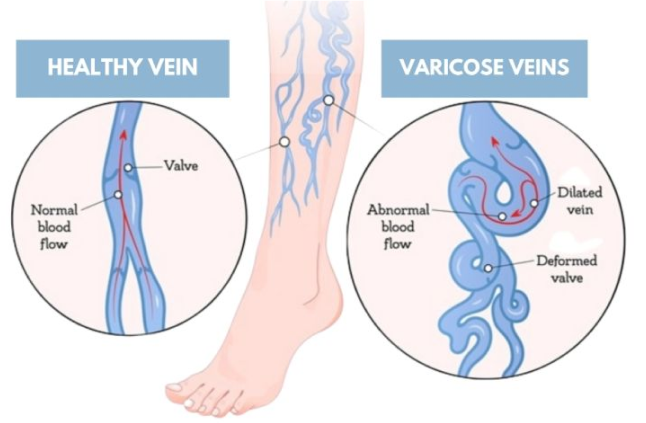
Varicose Veins
Varicose veins are enlarged, twisted veins often visible just under the surface of the skin. Typically affecting the legs, varicose veins can cause discomfort, swelling, and aching, affecting daily activities and overall well-being. While varicose veins are common, they are not merely a cosmetic issue and can signal underlying venous insufficiency. Effective treatment options with our vascular physicians can significantly alleviate symptoms and improve quality of life.
We encourage you to learn more about varicose veins below.
Treatment for Varicose Veins Near Me in Irvine, CA
Effective treatment for venous disease, including varicose veins and chronic venous insufficiency, is within your reach. Connect with the compassionate vascular specialists at Pedes Orange County in Irvine, CA, today. Call us at (949) 387-4724 to schedule an appointment or contact us online at your convenience to speak to our dedicated team. We are here to support you on your journey to better vein health and improved quality of life.
Contact Us Today


Our Vascular Disease Physicians
The physicians at Pedes Orange County devote their lives to saving limbs and minimizing pain. Our conveniently located, state-of-the-art facility is designed for your comfort and utilizes cutting-edge technology to provide minimally invasive treatments. Our vascular specialists are board-certified and some of the best in Southern California. Personable staff members make every visit a positive experience, with short wait times and an efficient, streamlined process that ensures you leave
feeling educated and confident that you are in good hands.
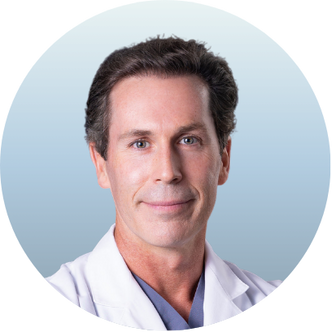
J. Joseph Hewett, M.D.
Vascular Specialist
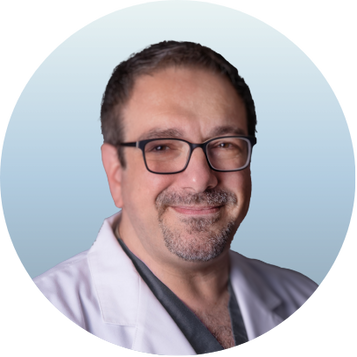
Neil K. Goldstein, M.D.
Vascular Specialist
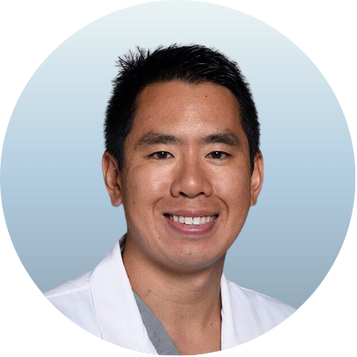
Derrick Tran, MD
Vascular Specialist
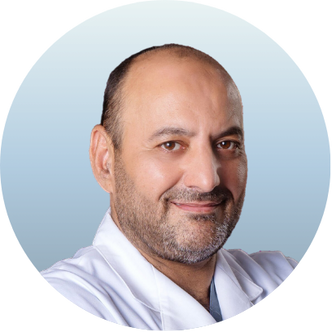
Mohammad Jaber, M.D.
Vascular Specialist
What to Expect from Your Visit to Pedes

Ultrasound
Advanced ultrasound-guided examination techniques will be used to visualize the veins, arteries, or both, in your legs. This is often used in the diagnostic process to detect the presence and extent of disease.
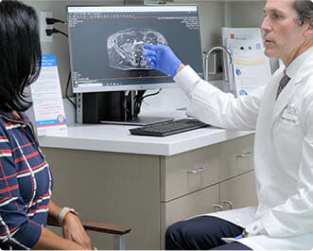
Consult
Once we review the results of your diagnostic tests, our physicians will collaborate with you to develop a personalized treatment plan, ensuring the best course of treatment for your specific condition.

Treatment
Your treatment plan will be personalized to you and your individual needs. At Pedes, we specialize in minimally invasive procedures and nonsurgical treatments, all of which are performed by our dedicated vascular physicians within the comfort of our state-of-the-art facility.
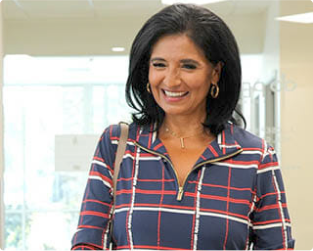
Follow up
We ensure our patients receive continuous care and support with regular follow-up visits. Each follow-up visit is scheduled at the time of your in-office appointment. Should you have a concern between appointments, we encourage you to call our office and get scheduled at any time.







